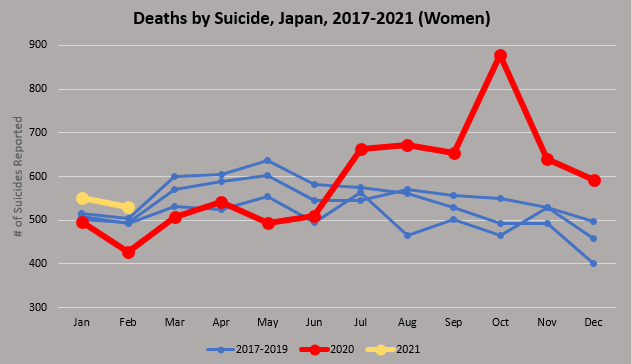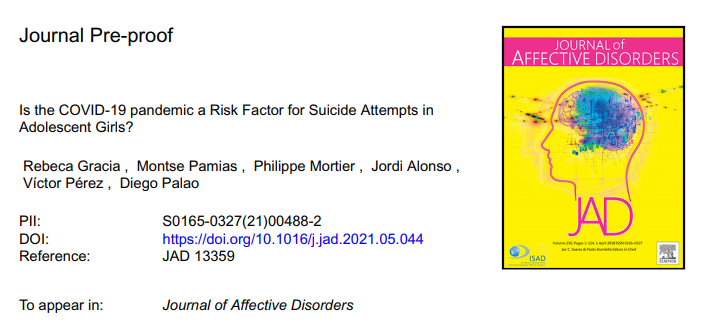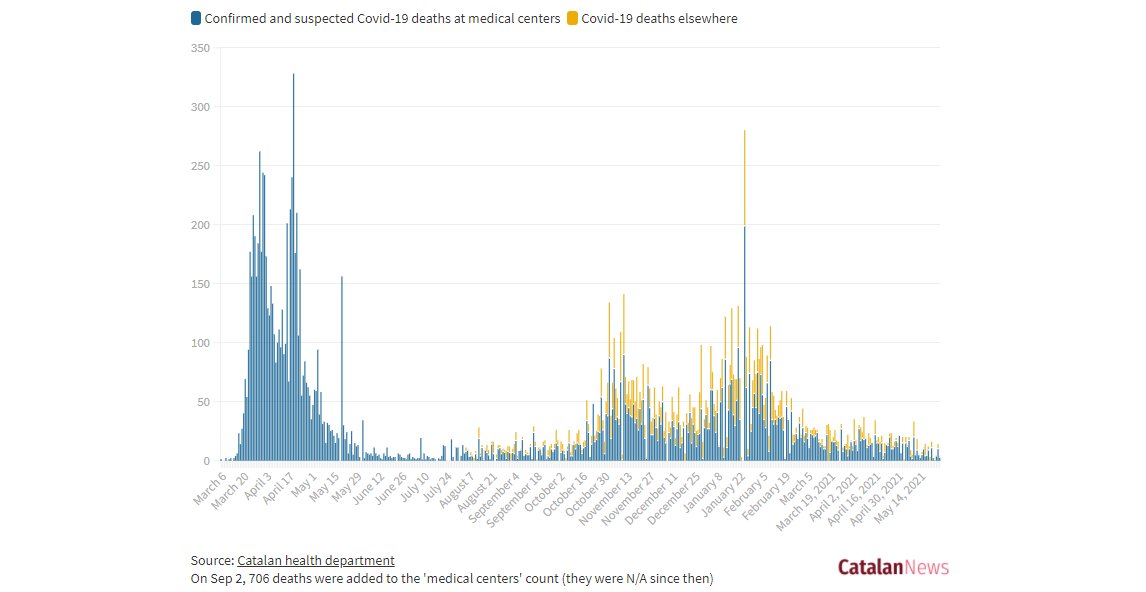
A Thread with Nuance!!
Because the media is obsessed with Japanese suicide data ("suicidal" Japan is a lazy, one-sided trope in Western news), I'd like to add nuance.
First, here are the graphs for who suicides in Japan for the past 5 years, to February 2021! /1
Because the media is obsessed with Japanese suicide data ("suicidal" Japan is a lazy, one-sided trope in Western news), I'd like to add nuance.
First, here are the graphs for who suicides in Japan for the past 5 years, to February 2021! /1

If we zoom into the men, we can see that there was a decrease in early 2020, an increase at the end, and things are back to normal-ish for 2021. In fact, 2021 is a record low for January and 2nd lowest for February. /2 

If we zoom into the women, we can see that there is again an early mild decrease followed by a SUBSTANTIAL increase at the end of 2020. Though things are still elevated in Jan-Feb 2021, much less so and hopefully on the way to normalizing. /3 

This is going to, unfortunately, lead to some misreporting. For the men, even though Feb was very low in 2020 and feb 2021 is still lower than 2017-2019, the INCREASE is going to be reported with fearmongering by a media obsessed with year-over-year scary numbers. /4
And though there still is a story of increased suicides in Japanese women, this is going to be greatly exaggerated by the *drop* of suicides in 2020. Compared to 2020, February is 24% increase. Compared to 2019, a 7% increase. Guess which number you'll see? /5
It will also not be reported that in Japan male and female suicide rates are not necessarily linked. In the past 20 years, rate changes have been better for men 9 times, women 9 times, and have been the same twice.
2020 IS STILL an anomaly, an unprecedented shift. /6
2020 IS STILL an anomaly, an unprecedented shift. /6

The story on 2021 is unknown, of course, but it could be like 2011, when men had a 6% decrease and women a 3% increase, for a "change gap" of 9%, or we could see a continuation of the trend prior to 2020 of more and more decrease. /7
Most importantly, the media will report Japan suicide numbers to the NORTH AMERICAN public as if they predict/say something about North America. /8
In the past 10 years, I have not seen a single article ever do this, except this year, where there was a substantial increase in Japan. /9
For the past 10 years, Japanese rates have plummeted (2020 excluded, of course). This has been completely linked to SIGNIFICANT NO CHANGE in Canadian rates and (until 2019), increases in America. /10
Plummeted, you say? Yes, plummeted. Even for women, who experienced a large increase in 2020, the rate (10.7 per 100,000) is FAR LESS than 2021 (14.8 per 100,000, a 28% decrease). Even moreso for men (32% decrease). /11
The idea that one nation's complexities will translate to another for suicide is not evidence based. /12
There are SO MANY cultural, economic, demographic, and social differences between nations (even in how suicides are coded), that making comparisons (especially as if they are predictions) is rarely helpful. /13
I'm BRACING for the next 5 months of articles in American media about how Japanese suicide rates have SOARED in 2011, completely oblivious to the dip in the first 6 months of 2020.
There is a MEDIA MORAL PANIC about "skyrocketing suicide rates." Please fight against it. /14
There is a MEDIA MORAL PANIC about "skyrocketing suicide rates." Please fight against it. /14
And though there still is a story of increased suicides in Japanese women, this is going to be greatly exaggerated by the *drop* of suicides in 2020. Compared to 2020, February is 24% increase. Compared to 2019, a 7% increase. Guess which number you'll see? /5 /15
It will also not be reported that in Japan male and female suicide rates are not necessarily linked. In the past 20 years, rate changes have been better for men 9 times, women 9 times, and have been the same twice.
2020 IS STILL an anomaly, an unprecedented shift. /6 /16
2020 IS STILL an anomaly, an unprecedented shift. /6 /16

• • •
Missing some Tweet in this thread? You can try to
force a refresh











